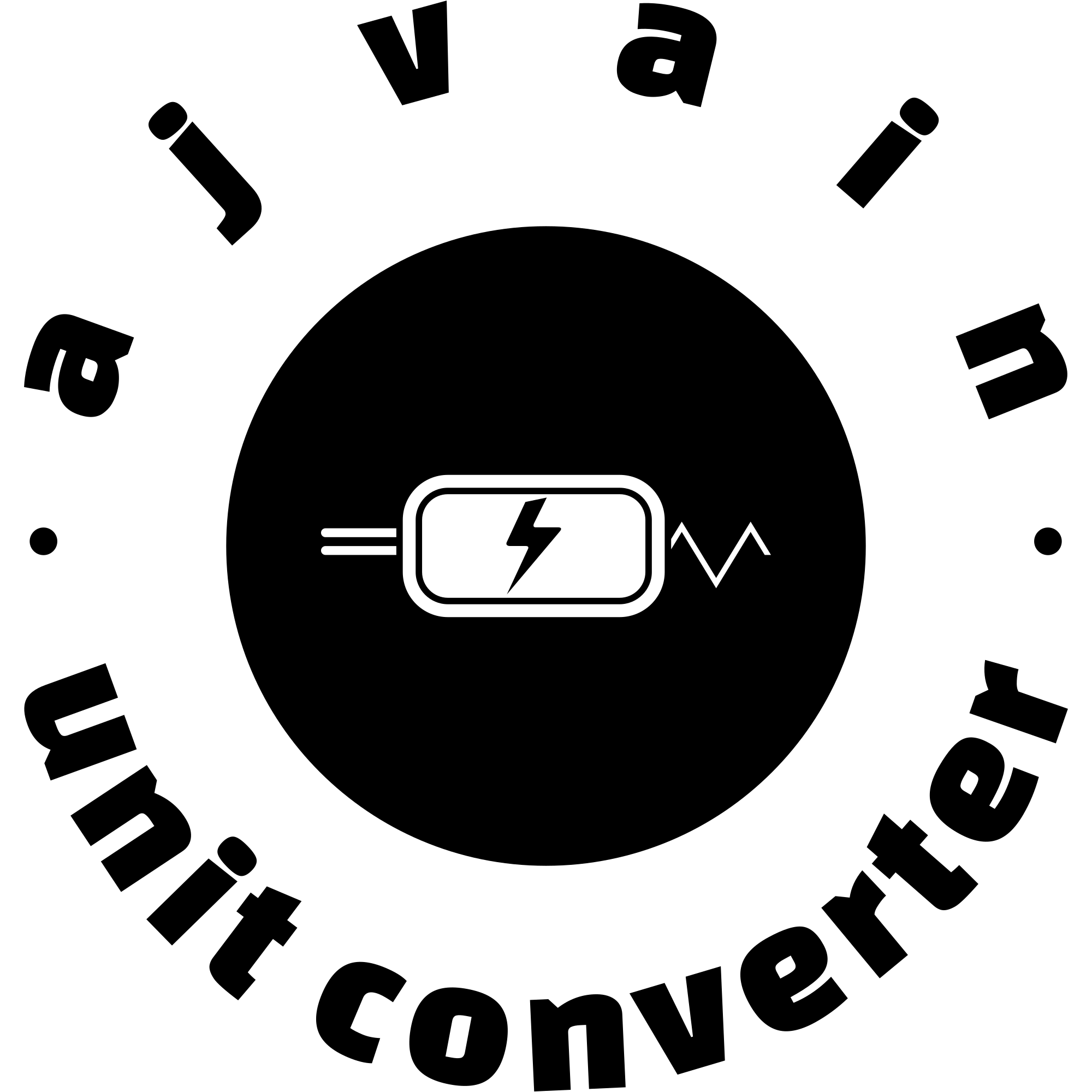Electric Resistivity Converter
Charge Conversion Challenge
Introduction
The Electric Resistivity Converter is an essential tool designed for professionals, researchers, and students who work with electrical resistivity measurements. This tool allows for the conversion of resistivity values between various units, facilitating accurate and efficient calculations across different measurement systems. Electrical resistivity is a fundamental property that reflects how strongly a material opposes the flow of electric current. This guide provides an in-depth look at the Electric Resistivity Converter, exploring its features, functionalities, and applications in various fields.
Understanding Electric Resistivity
Electric resistivity, denoted as ρ, measures a material's opposition to electric current flow. It is expressed in ohm-meters (Ω·m) in the International System of Units (SI). Resistivity is an intrinsic property of materials, meaning it is independent of the material's shape or size and is determined by the material's composition and temperature.
The mathematical formula for resistivity is:
ρ = R · A / L
Where:
ρis the resistivity (in ohm-meters),Ris the resistance (in ohms),Ais the cross-sectional area (in square meters),Lis the length (in meters).
Why Convert Resistivity Values?
Converting resistivity values between different units is crucial for consistency and accuracy in various applications. Different industries and regions may use different units for resistivity. For instance, while ohm-meters (Ω·m) are standard in scientific research, other units such as ohm-centimeters (Ω·cm) may be used in specific industrial contexts. Accurate conversion ensures that resistivity values are comparable and usable across different standards and applications.
Key Features of the Electric Resistivity Converter
1. Comprehensive Unit Support
The Electric Resistivity Converter supports a broad range of units, including:
- Ohm-meter (Ω·m)
- Ohm-centimeter (Ω·cm)
- Ohm-inch (Ω·in)
- Microohm-meter (µΩ·m)
- Nanoohm-meter (nΩ·m)
- Megohm-meter (MΩ·m)
This versatility makes it suitable for various scientific and industrial applications, enabling users to work with resistivity values in the units most relevant to their needs.
2. Intuitive User Interface
The tool features a user-friendly interface that simplifies the conversion process. Users can input a resistivity value in one unit, select the target unit, and obtain the converted value instantly. The straightforward design ensures ease of use, allowing users to focus on their tasks without getting bogged down by complex calculations.
3. Accurate and Precise Conversions
Precision is key in resistivity measurements, especially in research and engineering. The Electric Resistivity Converter uses accurate algorithms to ensure precise conversions, minimizing errors and ensuring reliable results. This is particularly important for high-accuracy applications where small errors can have significant impacts.
4. Educational Utility
The converter serves as an educational tool, helping students and educators understand resistivity and its unit conversions. By providing a hands-on approach to learning, it reinforces theoretical concepts and aids in grasping the relationships between different resistivity units.
5. Advanced Features
Some versions of the Electric Resistivity Converter offer advanced features such as temperature adjustment and batch conversion. Temperature adjustment accounts for the temperature dependence of resistivity, providing more accurate results under varying conditions. Batch conversion allows users to process multiple values simultaneously, which is beneficial for handling large datasets.
Mathematical Conversions
The Electric Resistivity Converter performs conversions using standard mathematical relationships between different units of resistivity. For example:
- To convert from ohm-meter (Ω·m) to ohm-centimeter (Ω·cm), multiply by 100, since 1 Ω·m = 100 Ω·cm.
- To convert from ohm-centimeter (Ω·cm) to ohm-meter (Ω·m), divide by 100.
These conversions are based on predefined factors that ensure accurate and consistent results. The tool's algorithms handle these conversions efficiently, allowing for quick and reliable calculations.
Applications of the Electric Resistivity Converter
1. Material Science
In material science, resistivity is a key property for evaluating and comparing materials. The Electric Resistivity Converter helps scientists and engineers determine the best materials for specific applications, such as conductors, semiconductors, or insulators. Accurate resistivity measurements and conversions are crucial for material selection and performance analysis.
2. Geophysics and Geology
Geophysicists and geologists use resistivity measurements to study the Earth's subsurface. Resistivity surveys help detect water, minerals, and other features. The converter is essential for interpreting data from different measurement systems and ensuring accurate analysis of survey results.
3. Electrical Engineering
Electrical engineers use resistivity data to design and evaluate electrical components and systems. The converter allows for accurate comparisons and calculations, helping engineers select appropriate materials and optimize designs for electrical efficiency and performance.
4. Education and Training
For educators, the Electric Resistivity Converter is a valuable tool for teaching resistivity concepts. It provides a practical way to explore unit conversions and understand their implications, enhancing students' grasp of theoretical concepts through practical application.
Conclusion
The Electric Resistivity Converter is a vital tool for accurately converting resistivity values between different units. Its user-friendly interface, precision, and advanced features make it suitable for a wide range of applications, from scientific research to educational purposes. By providing reliable conversions, the converter supports accurate analysis and decision-making in various fields, enhancing understanding and application of resistivity measurements.
Sponsored Links
Electricity Converters
- Charge Converter
- Current Converter
- Electric Conductance Converter
- Electric Conductivity Converter
- Electric Field Strength Converter
- Electric Potential Converter
- Electric Resistance Converter
- Electric Resistivity Converter
- Electrostatic Capacitance Converter
- Inductance Converter
- Linear Charge Density Converter
- Linear Current Density Converter
- Surface Charge Density Converter
- Surface Current Density Converter
- Volume Charge Density Converter
